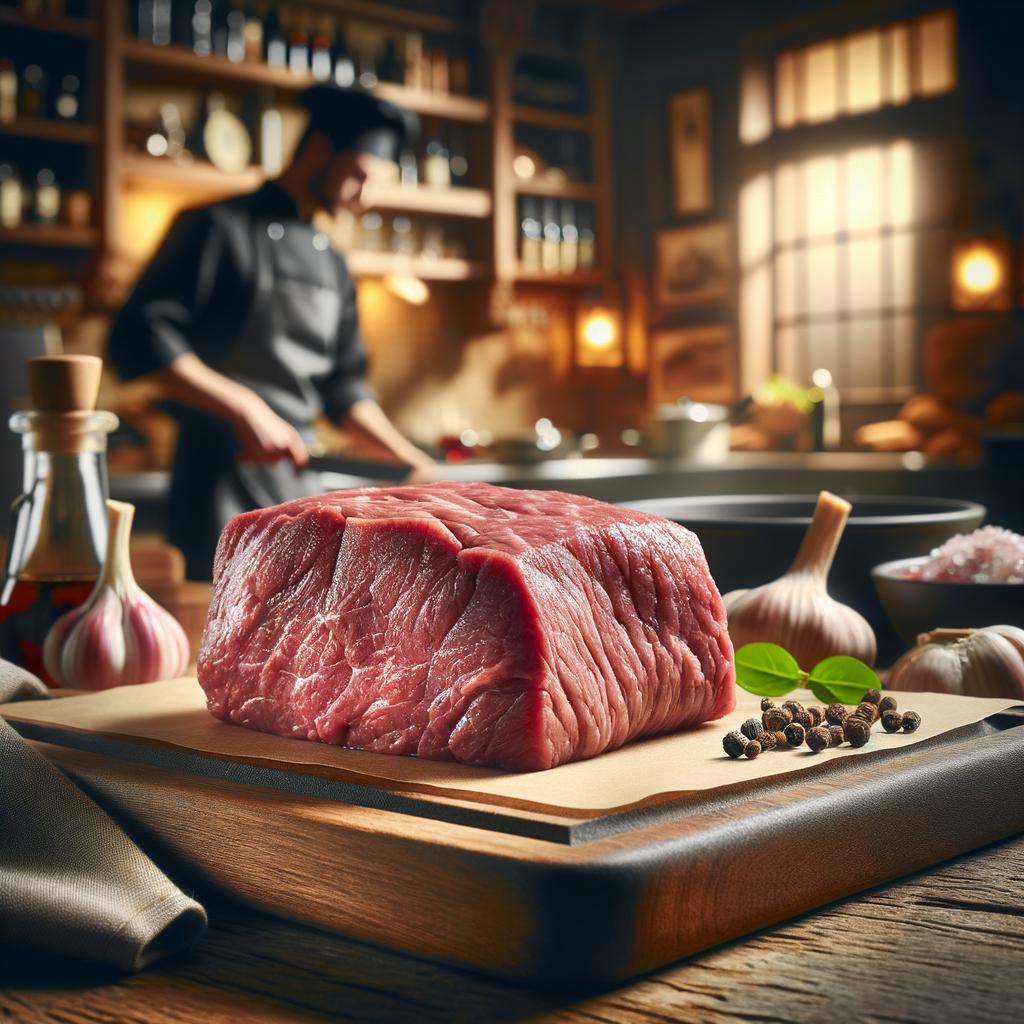Veal stew meat is a tender, succulent ingredient that comes from young cattle, typically around six to seven months old. It has a distinctive pale pink hue, a testament to its youth and diet, which is primarily milk. The texture is incredibly soft and delicate, melting in your mouth with a subtle, yet rich flavor that is less robust than adult beef but more nuanced. What sets veal stew meat apart from its counterparts is its ability to absorb the flavors of the ingredients it is cooked with, making it a versatile component in a variety of dishes.
Veal stew meat shines brightest when slow-cooked, allowing it to tenderize and absorb the flavors of accompanying ingredients. It is commonly used in a range of cuisines, from the hearty blanquette de veau of France to the comforting veal stew of American home cooking. In Italian cuisine, it is a key component in osso buco, a slow-cooked dish of braised veal shanks. While its primary use is culinary, veal has cultural significance in many European traditions, often served during celebrations and festive occasions.
The history of veal is intertwined with dairy farming. In historical times, veal was a byproduct of the dairy industry - young male calves were not as valuable as their female counterparts for milk production, so they were often raised for meat. Over time, veal has evolved from being a mere byproduct to a gourmet ingredient, appreciated for its tender texture and subtle flavor. There are stories of royal feasts in medieval times where veal was considered a delicacy, served in elaborate dishes to impress guests.
Nutritionally, veal stew meat is a powerhouse of essential nutrients. It is a good source of protein, providing all the essential amino acids. It is also rich in vitamins, particularly Vitamin B12 and B6, which are crucial for brain health and energy production. Minerals like zinc, phosphorus, and selenium are also abundant in veal. Compared to adult beef, veal has less fat and fewer calories, making it a healthier choice for those watching their dietary intake. However, as with all meats, moderation is key to balance the nutritional benefits with the potential risks associated with high consumption of animal proteins.

